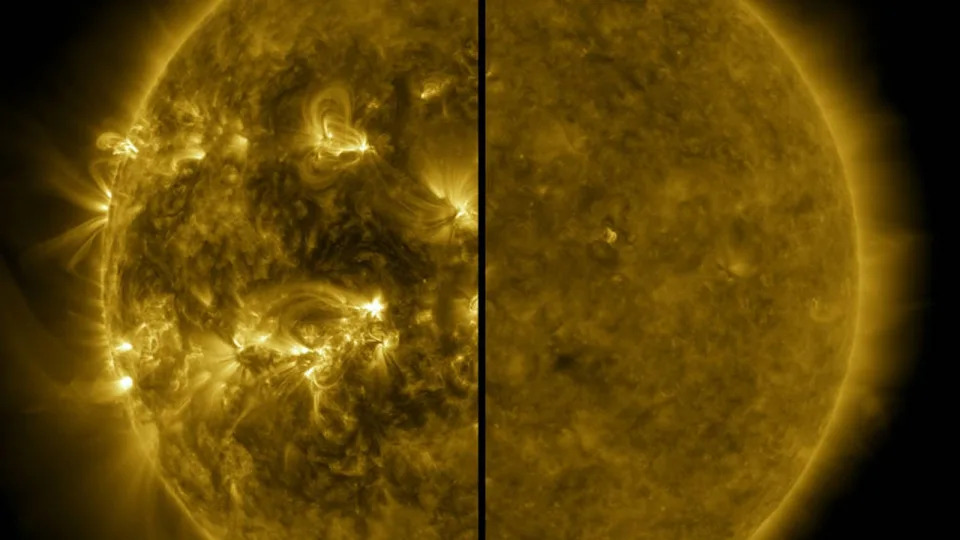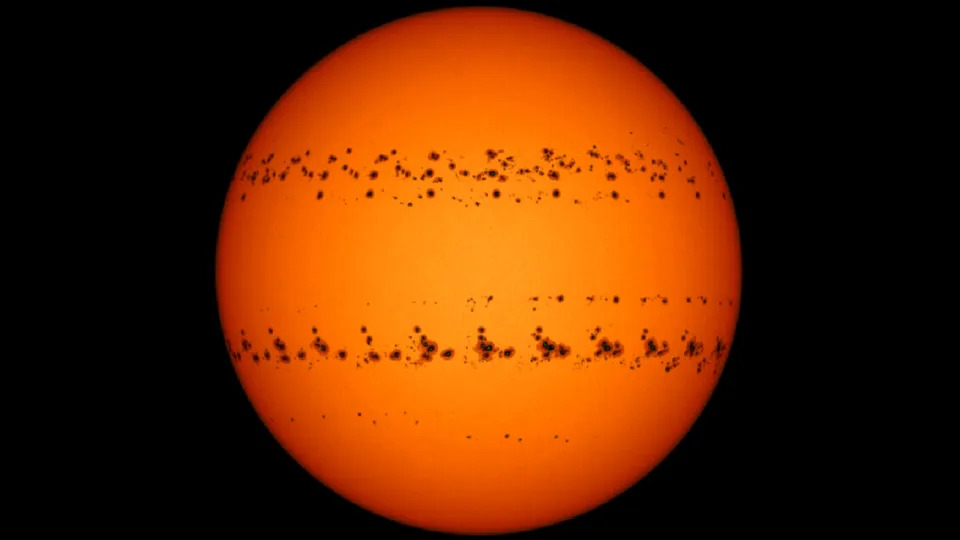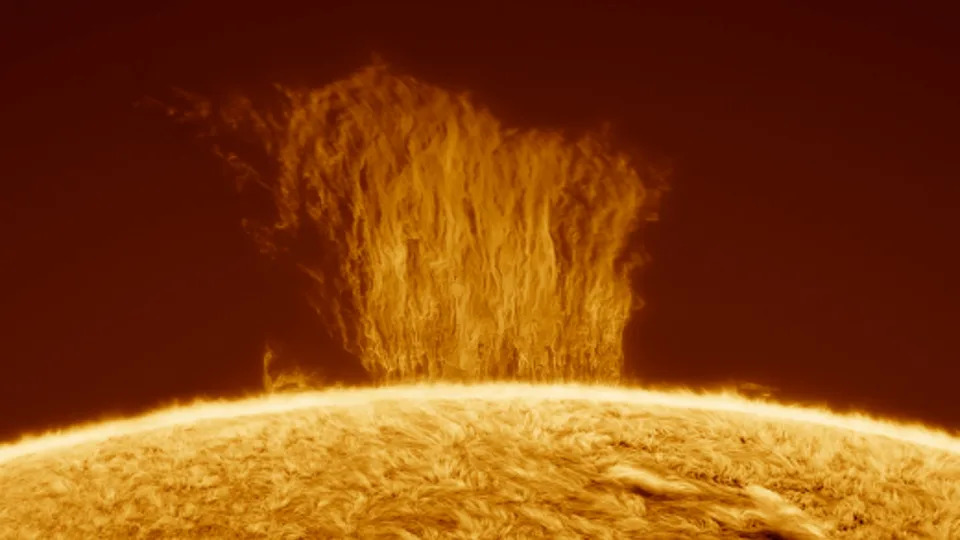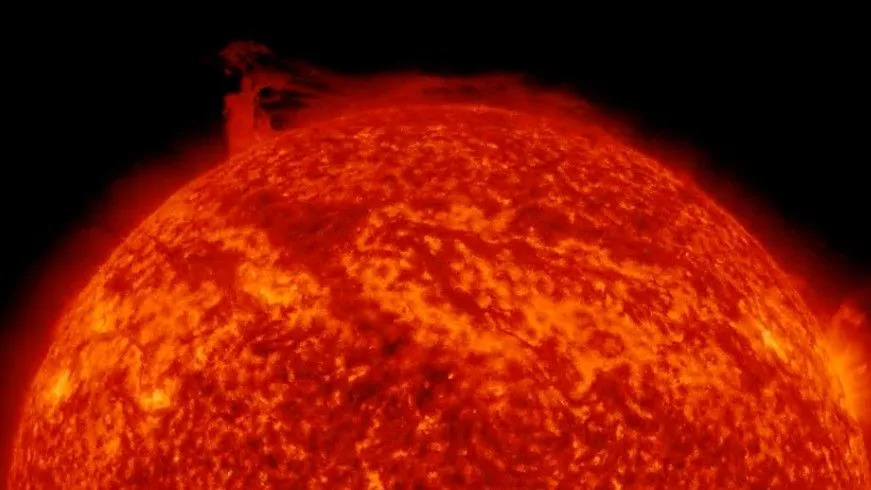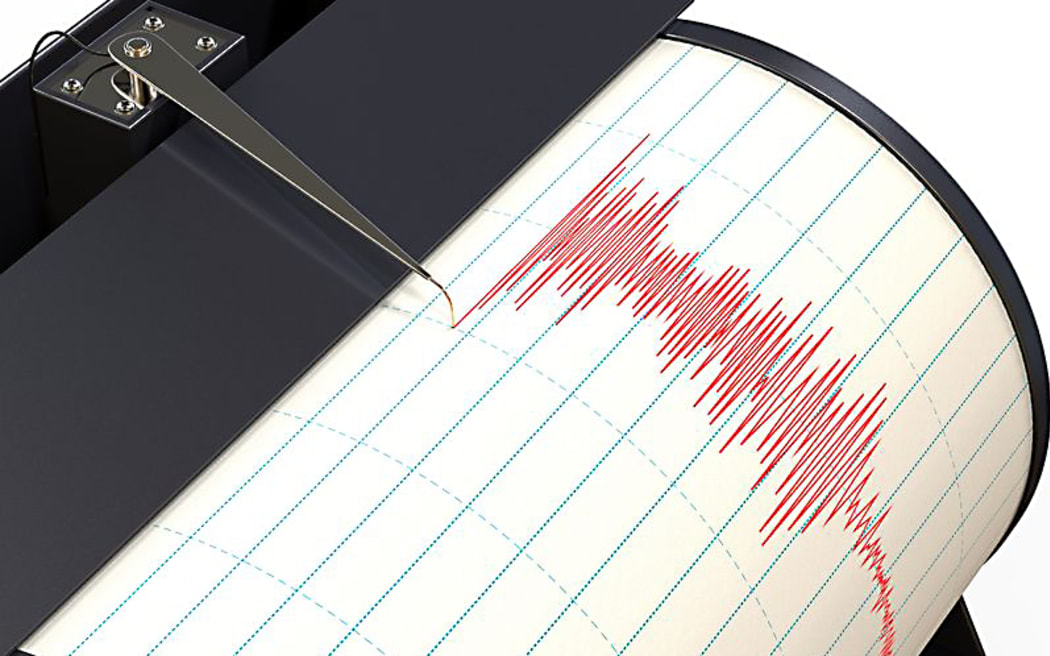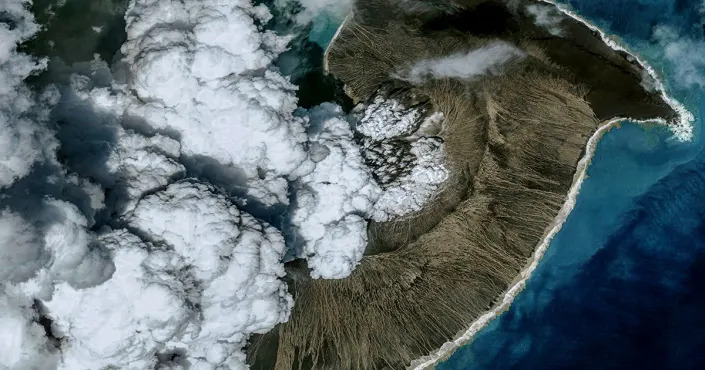
This year, we have witnessed perhaps the most significant protests against the Iranian regime since the Islamic Revolution of 1979. In response, the bloodthirst of the Mullahs has been on full display.
Despite this, Iranian women continue to protest for the basic right to wear the hijab — or not. Though the world may ignore the plight of these women as the news cycle moves on, as it always seems to do, these protests persist. And so do the consequences.
Iranian women face daily threats of violence. More than 90 girls’ schools across Iran have suffered from apparent poisonings. Last month, Iran put on trial the brave women reporters who visited Mahsa Amini — the woman whose death sparked the protests — in prison and told the whole world what the regime had done to her.
But where are the voices of the feminists in the West today? Where are the cries of the champions of human rights? Where are the women’s rights advocates calling for justice for Iranian women? Where are all the media headlines giving them the attention they deserve? Where are our leaders around the world drawing their red lines?
Don’t Iranian women deserve equal justice as much as anyone else? Rarely have we seen such desperate bravery, and rarely have we seen such global indifference. The hallmark of this era may very well be the absence of outrage when women are repeatedly abused by societal power structures.
As a human rights activist, I have watched movements emerge for decades. I’ve witnessed many horrors. But rarely have I been as disheartened as I am watching the global indifference to the plight of the women and girls of the Islamic Republic of Iran. Their story matters as much to me as women who are repeatedly sexually harassed and abused in my homeland here in India.
There should be no greater shame on the leaders in Washington, D.C., who profess concern for Iran’s long-suffering people, but who seem to be on the path again — as in 2009 — of ultimately abandoning them to their abusers. For those who struggle for justice and human rights, the U.S. is increasingly being found to be an unreliable ally.
I am even more disheartened by the silence of Muslim leaders outside of Iran.
The reality is that Islam, like all other religions, must contend with modern times and the unstoppable human quest for fundamental rights and human dignity. With global communications, increased education and the freedom to engage on a global scale, citizens cannot be kept in the dark about what happens in other parts of the world. In a world where everyone knows everything that’s going on, religious leaders must face their own reckoning, which will come sooner than expected when they fail to bring reformation in their own culture.
Muslim leaders worldwide must speak up.
These issues are religious as well. Nowhere in the world’s major religions, including Islam, is the quest for fundamental rights and freedom left to God alone, and in no religion are expressions for fundamental human rights viewed as acts against God.
Women in the West have rightly asserted their own dignity and rights for decades. Can those same women not raise their voices louder in support of Iranian women and their quest for the same rights and dignity?
They must forcefully call on their governments to not only speak up but to take action on behalf of Iranian women. Tweets are not enough. They don’t create justice, tolerance, harmony and human rights.
Ultimately, we must take hope in the human spirit. Human dignity can never be suppressed indefinitely. One way or another, the Iranian regime as it is currently constituted will fail unless there is reform.
When it does, it will be women who played a crucial role in their liberation. Those women should not feel alone. To the extent they wish to be consistent with their own values, and the judgment of history, women in the West must stand by them in their quest for justice. It matters now more than ever.
Archbishop Joseph D’Souza is the founder of Dignity Freedom Network, an organization that advocates for and delivers humanitarian aid to the marginalized and outcastes of South Asia. He is the archbishop of the Anglican Good Shepherd Church of India and serves as the president of the All India Christian Council.
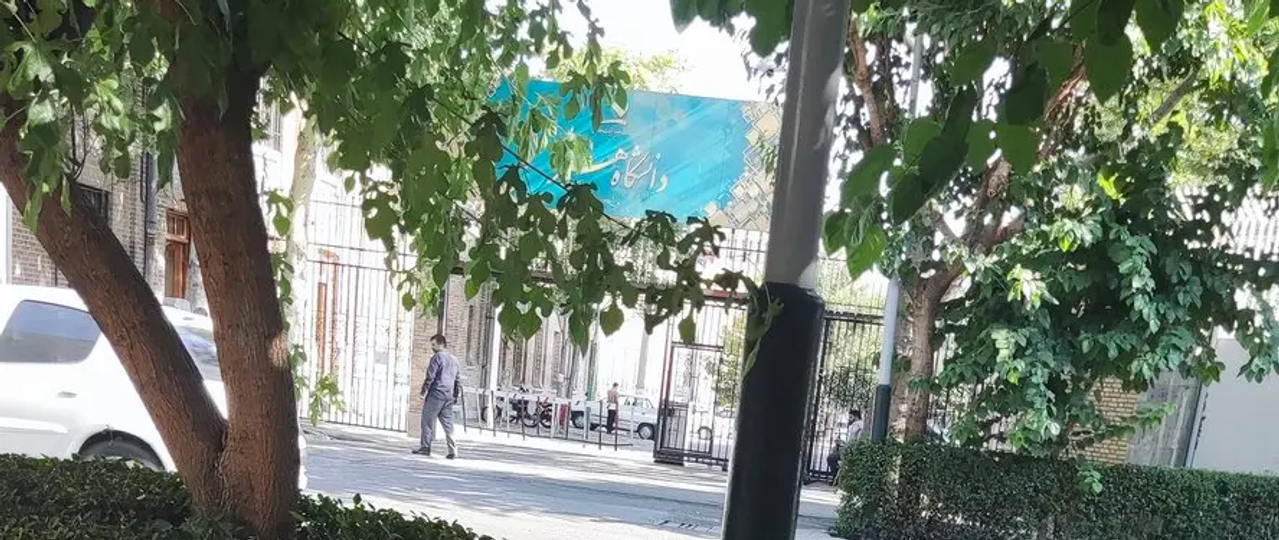
The guarded entrance to Tehran's University of Arts, June 18, 2023
Monday, 06/19/2023
Author: Maryam Sinaee
Various civic and popular organizations in Iran are joining the chorus of support for students in Tehran who have been staging protests against stricter hijab.
Support for defiance of stricter hijab by students who staged a sit-in against wearing a hood-like head covering Wednesday and condemnation of violence against them is growing.
Students in several other universities across the country and various social and political groups have expressed solidarity with the students at University of Art in Tehran.
A statement released by a group of Tehran University students Saturday told the authorities that "the policy of maximum repression” they have adopted in universities will ultimately fail “like other forms of repression” used against Iranian people.
Protesting students at the University of Art and their supporters released a short statement Sunday, which addressing the authorities, said students had “nothing to tell them except one word: NO!” and insisted that they would continue “to fight for freedom”.
Male and female plainclothes agents abducted at least ten students from the campus on Saturday and took them to an unknown location without any interference from police special forces who were present around the university. Student sources said all but two of the detained students were freed Sunday.
Students had been protesting new rules that require women to wear a pullover headscarf with stitched front (called Maghna’e in Iran) which is like a nun’s coif, completely covering the head and the neck. Failing to comply, the university has said, would result in suspension.
According to the popular Telegram channel of the National Student Unions Council, at about 2:30 am Thursday, Hamzeh Borzouei attacked a group of about fifty students who had begun a sit-in protest.
Iranian Writers’ Association in a statement published Friday supported the students’ action and said authorities and those who carry out their orders of repression will be responsible for any harm to the students.
In recent months, security and intelligence organs have increased pressure on students for hijab, presumably to stop the growth of the anti-compulsory hijab movement in universities across the country and suspended dozens of students.
In June Sepideh Rashno, a 29-year-old anti-compulsory hijab activist, said in an Instagram post that Al-Zahra University of Tehran had suspended her for two semesters. Rashno was tortured in detention into making a televised “confession” and condemning other activists as well as expressing regret for her confrontation with a hijab enforcer on a city bus in July last year and posting a video of the incident on social media.
Authorities have also been trying to isolate artists who supported the Woman, Life, Freedom movement or defied hijab rules.
Entekhab news website Saturday published the image of a letter from an official regulating the film industry, Habib Ilbeigi, to the chairman of film producers’ union in which filmmakers are ordered not to employ actors and others who have defied the hijab “or personally face the consequences” including refusal of a screening permit.
Police chief, Ahmad-Reza Radan, said earlier this week that the government of President Ebrahim Raisi has approved extra funds to install more hijab surveillance cameras and that four special task groups have been launched to continue the war against hijab rebellion including one that will monitor social media platforms to identify those who publish photos of themselves without hijab.
Anti-hijab and anti-regime protests erupted in Iran in September 2022 after Mahsa Amini, a young woman was arrested in the street by the notorious ‘morality police’ and received fatal head injuries during here detention and later died in hospital.

.jpg)
